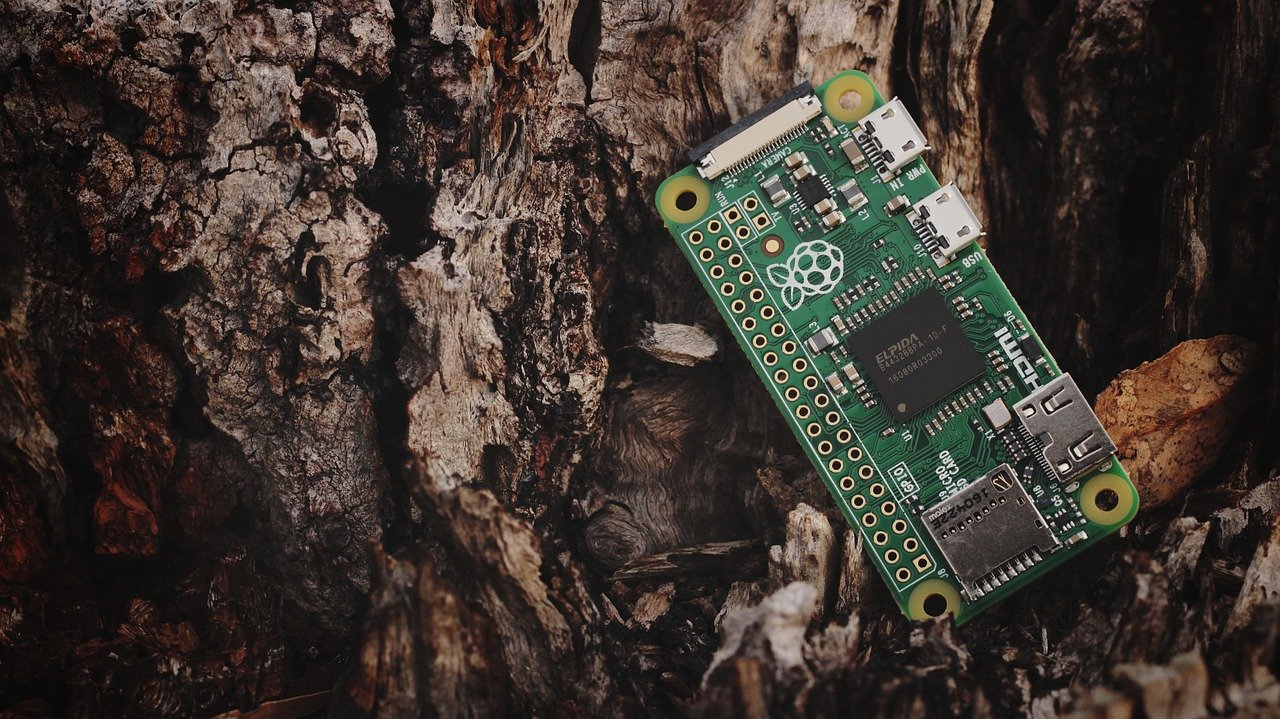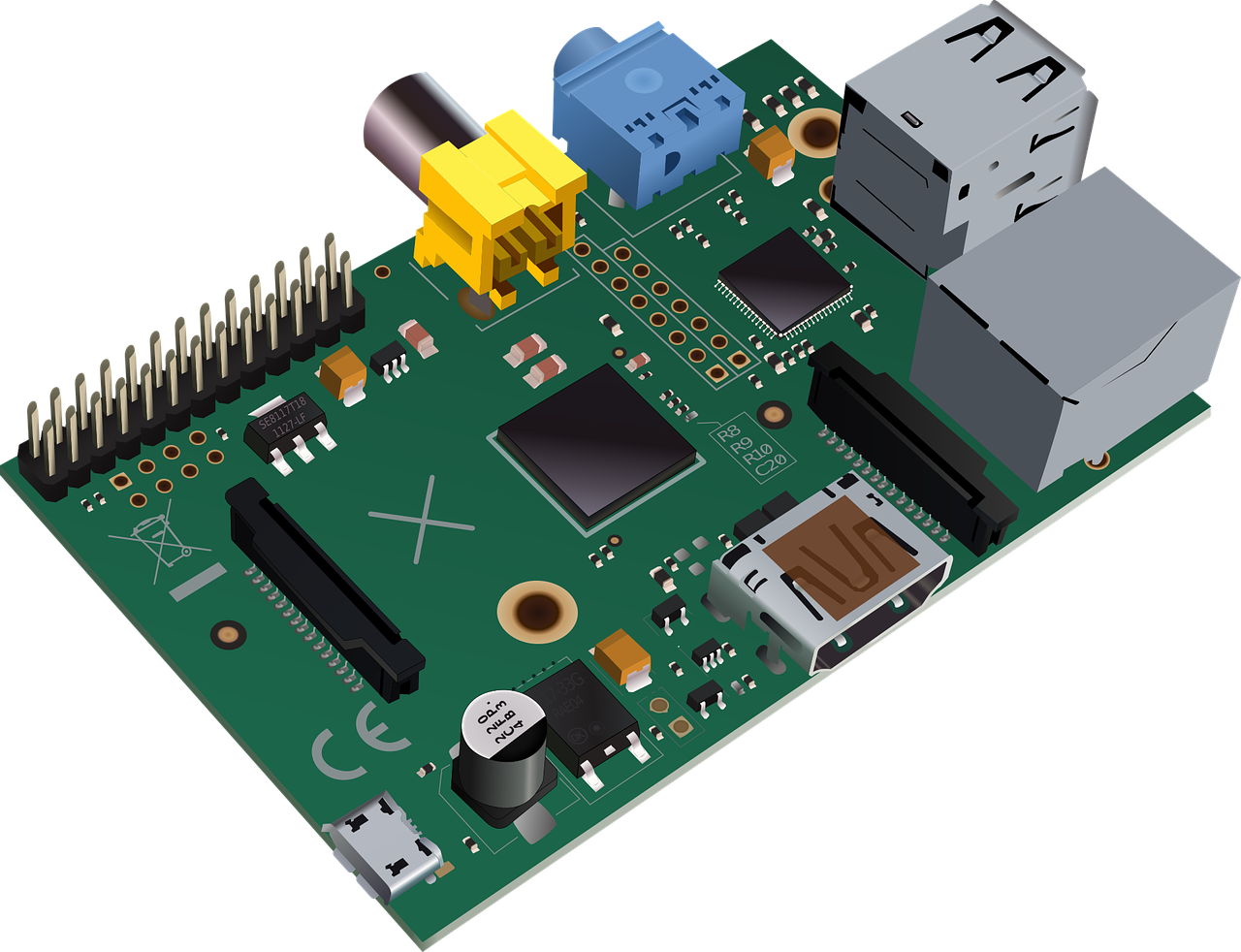Have you ever wondered if wireless video monitors are compatible with Raspberry Pi? If so, you’re in the right place. In this article, we’ll explore the compatibility between wireless video monitors and Raspberry Pi, providing you with all the information you need. Whether you’re a Raspberry Pi enthusiast or someone looking for a wireless video monitor for your project, this article will help you make an informed decision. So, let’s get started and uncover the exciting possibilities that lie ahead!

This image is property of pixabay.com.
Introduction
If you’ve ever wondered if wireless video monitors are compatible with Raspberry Pi, you’ve come to the right place. In this article, we will explore the compatibility of wireless video monitors with Raspberry Pi and discuss the benefits and limitations of using them together. We will also provide an overview of Raspberry Pi and wireless video monitors, as well as step-by-step instructions on how to configure them for optimal performance. So let’s dive in and find out if wireless video monitors are the right choice for your Raspberry Pi setup.
Overview of Raspberry Pi
Before we delve into the compatibility of wireless video monitors with Raspberry Pi, let’s first understand what Raspberry Pi is all about. Raspberry Pi is a credit card-sized computer that offers endless possibilities for tinkering and experimentation. It’s a powerful yet affordable device that has gained popularity among hobbyists, educators, and professionals alike.
Raspberry Pi Features
Raspberry Pi packs a punch despite its compact size. It features a Broadcom system-on-a-chip (SoC) with a powerful ARM processor, built-in RAM, and GPU capabilities. Additionally, it comes equipped with USB ports, Ethernet ports, HDMI ports, audio jacks, and GPIO (General Purpose Input/Output) pins, providing versatile connectivity options for various projects.
Raspberry Pi Operating Systems
Raspberry Pi supports different operating systems, including the popular Raspberry Pi OS (formerly known as Raspbian), Ubuntu, and various Linux distributions. These operating systems provide a user-friendly interface and a range of pre-installed software, making it easier for users to get started with their projects.
Understanding Wireless Video Monitors
Wireless video monitors, sometimes referred to as wireless displays, offer the convenience of wire-free connectivity between devices. These monitors eliminate the need for physical video cables and allow for seamless streaming of video and audio content from a source device. They come in different sizes and specifications, catering to various needs and preferences.
Wireless Video Monitor Specifications
When considering wireless video monitors, it is essential to review their specifications to ensure they meet your requirements. Some key specifications to consider include screen size, resolution, refresh rate, connectivity options, and compatibility with different devices. These specifications play a vital role in determining the quality of the video output and the overall user experience.
Types of Wireless Video Monitors
There are different types of wireless video monitors available in the market, each catering to specific needs and preferences. Some wireless video monitors come with built-in Wi-Fi connectivity, allowing for direct wireless streaming from compatible devices. Others utilize wireless display adapters or receivers, which enable wireless connectivity between the source device and the monitor. Understanding the types of wireless video monitors available will help you make an informed decision when selecting one for your Raspberry Pi setup.
Compatibility of Raspberry Pi with Wireless Video Monitors
Now that we have a better understanding of Raspberry Pi and wireless video monitors, let’s explore their compatibility and discuss the factors to consider when connecting them.
Factors to Consider
When considering the compatibility between Raspberry Pi and wireless video monitors, it is important to take several factors into account. First and foremost, you need to ensure that the wireless video monitor you choose is compatible with Raspberry Pi. Check the manufacturer’s specifications and documentation to verify compatibility. Additionally, consider the connectivity options available on both the Raspberry Pi and the video monitor to ensure a seamless connection.
Connecting Wireless Video Monitors to Raspberry Pi
Connecting wireless video monitors to Raspberry Pi can be a straightforward process. Most wireless video monitors utilize standard display interfaces such as HDMI or VGA. With Raspberry Pi’s HDMI output, you can easily connect the two devices using an HDMI cable. If the wireless video monitor supports a wireless display adapter, you may need to connect it to the HDMI port on Raspberry Pi and follow the manufacturer’s instructions for pairing and setup.

This image is property of pixabay.com.
Benefits of Using Wireless Video Monitors with Raspberry Pi
Now that we understand the compatibility and connectivity options, let’s explore the benefits of using wireless video monitors with Raspberry Pi.
Portability and Flexibility
One of the significant advantages of using wireless video monitors with Raspberry Pi is the increased portability and flexibility they offer. With a wireless connection, you can easily move your Raspberry Pi setup to different locations without the hassle of tangled cables or the limitation of cable length. This portability allows for greater flexibility in using Raspberry Pi for various projects or presentations.
Reduced Cable Clutter
By eliminating the need for physical video cables, wireless video monitors help reduce cable clutter in your workspace. This not only improves the aesthetics but also makes it easier to organize and manage your Raspberry Pi setup. With less clutter, you can focus more on your projects and creativity, without the distractions of tangled cables.
Ease of Installation
Wireless video monitors typically offer a plug-and-play setup, making installation a breeze. With minimal configuration required, you can quickly get your Raspberry Pi connected to a wireless video monitor and start enjoying a wire-free video streaming experience. This ease of installation saves time and effort, allowing you to focus on your projects without any unnecessary complications.
Limitations of Wireless Video Monitors with Raspberry Pi
While wireless video monitors offer several benefits, it’s important to consider their limitations when using them with Raspberry Pi.
Signal Interference
One of the limitations of wireless video monitors is the possibility of signal interference. Wireless connections, especially in crowded environments, can be prone to interference from other devices or wireless networks operating on the same frequency range. This interference can cause degraded video quality or intermittent connectivity, affecting the overall user experience. To mitigate signal interference, it’s important to ensure a clear line of sight between Raspberry Pi and the wireless video monitor and minimize potential sources of interference.
Limited Range
Another limitation of wireless video monitors is their limited range. The range of wireless connectivity depends on various factors, including the transmitting power of the wireless video monitor and the presence of physical obstacles that can obstruct or weaken the signal. Therefore, it’s important to consider the range limitations of the wireless video monitor and ensure it meets your requirements, especially if you plan on using your Raspberry Pi setup over long distances.

This image is property of pixabay.com.
Wireless Video Monitor Models Compatible with Raspberry Pi
When it comes to compatibility, certain wireless video monitor models are known to work well with Raspberry Pi. Here are a few popular models worth considering:
Model A
Model A is a wireless video monitor that offers a compact design and reliable performance. It features a high-resolution display and supports multiple connectivity options, including HDMI and wireless display adapters. Model A is known for its compatibility with Raspberry Pi, making it a popular choice among Raspberry Pi enthusiasts.
Model B
Model B is a versatile wireless video monitor that offers a larger screen size, high-resolution display, and advanced connectivity options. It provides seamless compatibility with Raspberry Pi, allowing for an enhanced visual experience and smooth wireless streaming.
Model C
Model C is a premium wireless video monitor that combines performance and elegance. With a sleek design, high-resolution display, and multiple connectivity options, Model C offers a seamless compatibility experience with Raspberry Pi. Its premium features make it an excellent choice for demanding projects or professional presentations.
Steps to Configure Wireless Video Monitors with Raspberry Pi
Now that we have explored the compatibility, benefits, and limitations, let’s go through the steps to configure wireless video monitors with Raspberry Pi.
Choosing the Right Wireless Video Monitor
Start by selecting the wireless video monitor that suits your needs and preferences. Consider the specifications, connectivity options, and compatibility with Raspberry Pi. Research different models, read customer reviews, and make an informed decision based on your requirements.
Installing the Required Software
Depending on the wireless video monitor you choose, you may need to install the required software or drivers on Raspberry Pi. Follow the manufacturer’s instructions and download the necessary software from their website. Make sure to choose the software that is compatible with your Raspberry Pi’s operating system.
Configuring the Wireless Connection
Once the software is installed, it’s time to configure the wireless connection between Raspberry Pi and the wireless video monitor. Refer to the manufacturer’s instructions for the specific steps required to establish a wireless connection. This may involve pairing the devices, selecting the appropriate wireless network, and adjusting the display settings on Raspberry Pi.
Troubleshooting Wireless Video Monitor Connectivity Issues
While configuring wireless video monitors with Raspberry Pi is usually a smooth process, you may encounter connectivity issues. Here are a few troubleshooting steps to help resolve common connectivity problems:
Checking Power Supply
Make sure Raspberry Pi and the wireless video monitor are receiving adequate power. Insufficient power supply can result in unstable connections or poor video quality. Ensure that both devices are properly plugged in and powered up.
Ensuring Proper Wireless Network Configuration
Double-check the wireless network configuration on Raspberry Pi. Ensure that the correct wireless network is selected and that the wireless password is entered correctly. Also, make sure that the wireless network has a strong signal in the area where Raspberry Pi and the wireless video monitor are located.
Updating Drivers and Firmware
Updating the drivers and firmware on Raspberry Pi can sometimes resolve compatibility issues or improve performance. Check for updates on the Raspberry Pi’s official website or the manufacturer’s website for the wireless video monitor. Follow the instructions provided to download and install the latest drivers or firmware.
Conclusion
In conclusion, wireless video monitors can indeed be compatible with Raspberry Pi, offering increased portability, reduced cable clutter, and ease of installation. By understanding the factors to consider, selecting the right wireless video monitor, and following the necessary steps for configuration, you can enjoy the benefits of a wire-free video streaming experience. While wireless video monitors have limitations such as signal interference and limited range, these can be mitigated with careful setup and configuration. So, if you’re looking to enhance your Raspberry Pi setup with a wireless video monitor, go ahead and explore the options available, keeping in mind the compatibility and specifications that suit your needs.

Meet Penny Sterling, the editor behind the captivating content of our blog, “Wireless Video Monitor.” With a background in electrical engineering and a deep passion for technology, Penny has become a leading authority in the world of wireless video monitors. Her ability to distill complex concepts into accessible articles has made her a trusted guide for both tech enthusiasts and newcomers to the field. Penny’s unwavering commitment to research and staying up-to-date ensures that “Wireless Video Monitor” remains an authoritative source for reliable information. Get ready to embark on a journey of wireless video monitor exploration with Penny Sterling as your knowledgeable and dedicated mentor.


